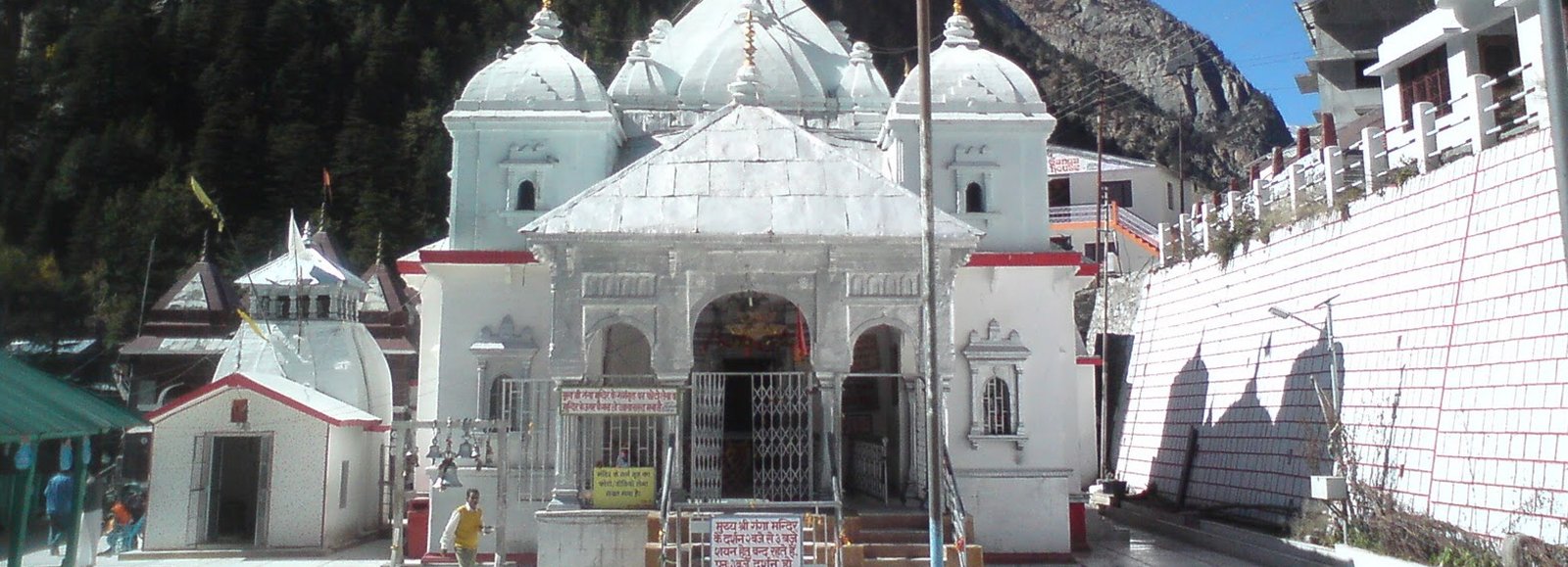
Gangotri Dham
About Gangotri Dham
The Ganges is the sacred river of India believed to have descended to earth to absolve the sins of human beings and this is the reason why the Gangotri basin bears so much of importance, especially for Hindu devotees. Being the place of origin of this sacred river, Gangotri in Uttarkashi district of Uttarakhand is recognized as a holy place for the Hindu pilgrims and is given the name of Shri Gangotri Dham where the shrine of Goddess Ganga is worshipped by thousands. This 18th-century temple made of white granite is situated at a height of 3000 m and is the part of the Chota Chardham Yatra in the Land of Gods, Uttarakhand.
A natural submerged rock in the form of partial Shivlinga along the Gangotri Temple is believed to be the same spot where Lord Shiva entangled the great waves of river Ganges in his matted locks. The tiny town sits quietly by the gurgling River Bhagirathi that originates from Gaumukh, a few trekkable kilometers away. Gangotri apart from being a sacred pilgrimage destination is also a base for several important treks including Gaumukh-Tapovan in Uttarakhand.
Gangotri Dham Temple Opening & Closing Dates 2024
The Gangotri Temple opens between April/May each year for the devotees to perform pilgrimage. The sacred shrine closes after the festival of Diwali and the idol of the temple is moved to Mukhba Village that is situated some 20 km downstream from Gangotri.
For next six winter months, the deity is worshipped in Mukhba Village. The dates for opening date of Shri Gangotri Temple is announced by the priests on the auspicious day of Basant Panchmi. This year, 2024, Gangotri Temple shall open on 10 May 2024.
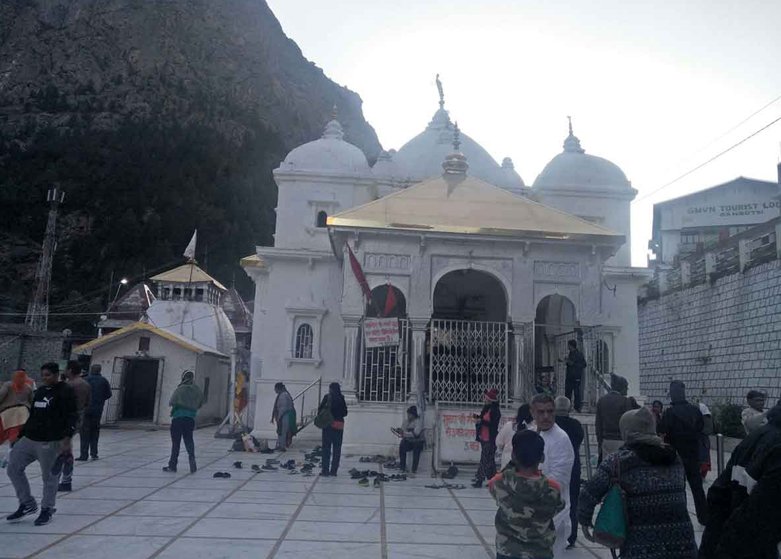
Best Time to Visit Gangotri Temple
Due to its altitude and location, Gangotri Dham remains open to the devotees for a brief period of six months. The end of April or beginning of the month of May is chosen for the opening of the portals of this sacred Hindu shrine in Uttarakhand as the snow melts and the temperature starts to become bearable. The temple closes right after Diwali and its deity is brought to Mukhba Village to be worshipped for next six months of winter. Therefore, the best time to visit Gangotri is between April and November with April to mid-June and October to mid-November being ideal most.
-

Summer
The month of April marks the onset of the summer season in Gangotri when all the ice melts and the daytime is warm. The temperature in summer that lasts till mid-June ranges between 8℃ and 20℃, keeping it quite tolerable for devotees to perform the pilgrimage.
-

Monsoon
The season of monsoon is packed with heavy rains that sometimes continue for days. The average temperature drops a bit with 19℃ being the highest. Though the Yatra is carried out in this season in full swing as well, it is advisable to check the weather forecast and carry necessary gears like raincoats, umbrella, walking sticks, etc.
-

Winter
Gangotri closes down for a period of six months with the onset of winter in mid to end November. The mercury dips to sub-zero figures and the entire region is covered under the thick blanket of snow. The idol, then is brought to lower region of Mukhba Village for the devotees to pay homage.
Gangotri Temple History
Dedicated to Goddess Ganga, the modern day Gangotri Temple is said to have been built by Nepalese General, Amar Singh Thapa. The temple that is perched at a height of more than 3000 m is revered as one of the Chota Chardham Yatra as according to a legend, Goddess Ganga descended to earth at this very place after King Bhagirath performed penance. The legend has it, after the slaying, a multitude of demons, King Sagara, the predecessor of King Bhagirath, decided to organize Ashwamedha Yagna to proclaim his supremacy. Lord Indra who felt threatened with the power of his Yagna decided to hide the horse that was to be used, he went and tied the horse at Sage Kapil’s cottage (Ashram) who was amidst deep meditation. When the sixty thousand sons of King Sagara reached the Ashram while searching for the horse, a massive commotion was created which eventually disturbed Sage Kapil.
The sixty thousand sons of King Sagara were turned into ashes as soon as the sage opened his eyes in anger. Later, the sage repented and granted that the spirits of the deceased will only receive Moksha when Goddess Ganga will come to earth to liberate their souls. This is why, King Bhagirath, the grandson of King Sagara performed penance and in return asked Lord Brahma to send Goddess Ganga to the earth. It is believed, the flow of Ganga was intolerable for the earth, thus Bhagirath requested Lord Shiva to hold up the water of Ganga when she descends. Shiva agreed and entangled the Ganges in his matted hair, and the place on earth where this incident took place was Gangotri itself.
Activities around Gangotri
Gangotri is immensely famous as the base of several treks in the Garhwal Himalayas. Treks to Gaumukh Glacier, Tapovan, Mt Shivling are amongst the most popular things to do near Gangotri. Apart from this, the nature lovers can relish the bucolic beauty of the surroundings and sight places like Harsil.
- Trek to Gaumukh Glacier to Witness the Originating point of River Ganga
- Trek to Tapovan for an incredible experience of Garhwal Himalayas
- Trek to Mt Shivling, one of the most beautiful Himalayan Peaks in India
- Sightseeing tour of the breathtaking Harsil
- Witness the Natural Rock Submerged Shivling
- Visiting the surreal Bhairo Ghati
Travel Tips: Top 5 Things to Know Before Going to Gangotri Yatra
- The weather in Gangotri varies from moderate to chilly, thus it is advisable to carry woollen clothes at all time during the journey
- Gangotri is at a short distance from the Gaumukh Glacier, the originating point of River Ganga, so, in case you want to witness this sacred place, it is necessary to carry good trekking shoes
- Though the altitude of Gangotri is around 3000 m but there are chances you might feel mountain sick, thus pack some medicine for it like Diamox
- The consumption of alcohol as well as non-veg strictly prohibited Gangotri
- In order to keep everything hassle free, carry at least one identity proof that can be showed wherever required
Top Places to Visit Around Gangotri
Gangotri is surrounded with truly spectacular destinations that can make anyone fall in love with them. During a visit, relish the unexploited beauty of Harsil and Bhairo Ghati or plan your treks to sight breathtaking Mt Shivling and sacred Gaumukh Glacier.
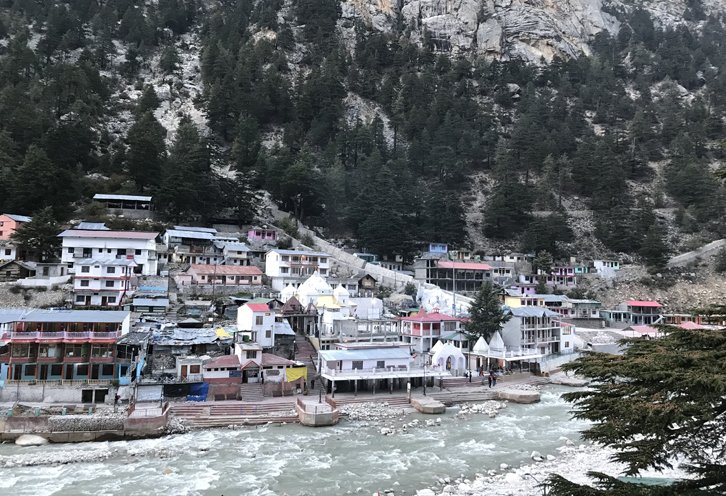
Gaumukh Glacier
Famed as the originating point of the sacred River Ganges, Gaumukh Glacier is situated at a short trekkable distance from the Gangotri Dham. Gaumukh is also reckoned to be the second largest glacier in India and important stopover while trekking to several places in Garhwal Himalayas.
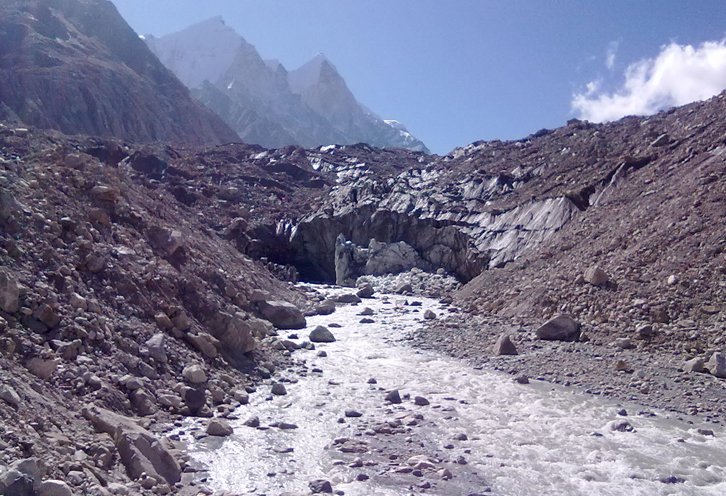
Pandav Gufa
Situated at a short trek of 1.5 km away from Gangotri, Pandav Gufa is said to be the place where the Pandavas meditated before heading to the Kailash. The trek to Pandav Gufa is a spectacular one with lush greenery and lofty rolling mountains to witness.
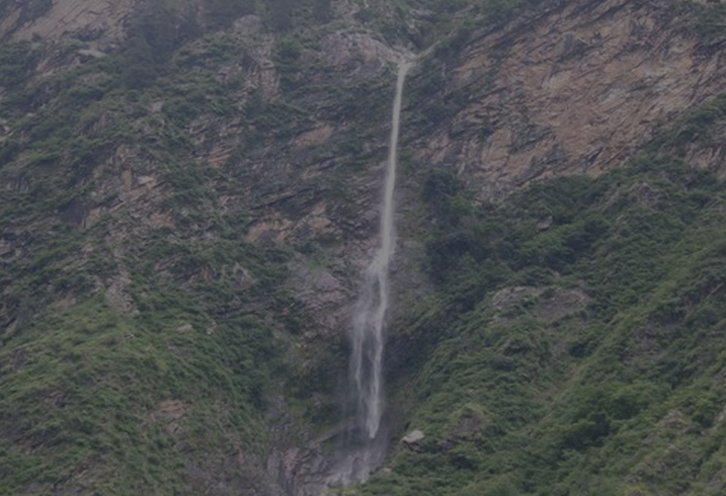
Kedar Tal
A pristine high-altitude lake, Kedar Tal is situated some 17 km away from the Dham of Gangotri. The emerald lake is the base point for a trek to Thalay Sagar and Bhrigupath Peaks.

Tapovan
The surreal meadow of Tapovan is something that one should not miss while visiting the sacred destination of Gangotri. The place offers an outstanding view of Mt Shivling, which is undoubtedly one of the most beautiful peaks in India.

Bhairo Ghati
Located at the merging point of Jadh-Jahanawi Ganga and Bhagirathi rivers, Bhairo Ghati is one of the most picturesque destinations to see around Gangotri. The place offers nature loves a panoramic view of Bhrigu Mountain ranges, Sudarshan, Mater and Churvas peaks.

Harsil
An unexploited and almost untouched piece of nature, Harsil is the paradise for nature lovers and peace seekers. The place is situated close to Gangotri and has surreal attractions apart from the flowing river to offer to the visitors.

Gangotri National Park
In the lap of pristine Garhwal Himalayas, Gangotri National Park is home to a unique ecosystem that has the meld of coniferous forests and glacial landscape. This stunning national park makes for a great detour from Gangotri Dham.

Best Hotels to Stay in Gangotri Route
Decent budget hotels dot Gangotri and Harsil areas, offering pilgrims to Gangotri Dham all basic amenities. There are just enough hotels in Gangotri and Harsil to accommodate batches of pilgrims. Expect neat and tidy rooms with moderate comfort and breathtaking views from the windows.
Our Latest Blogs
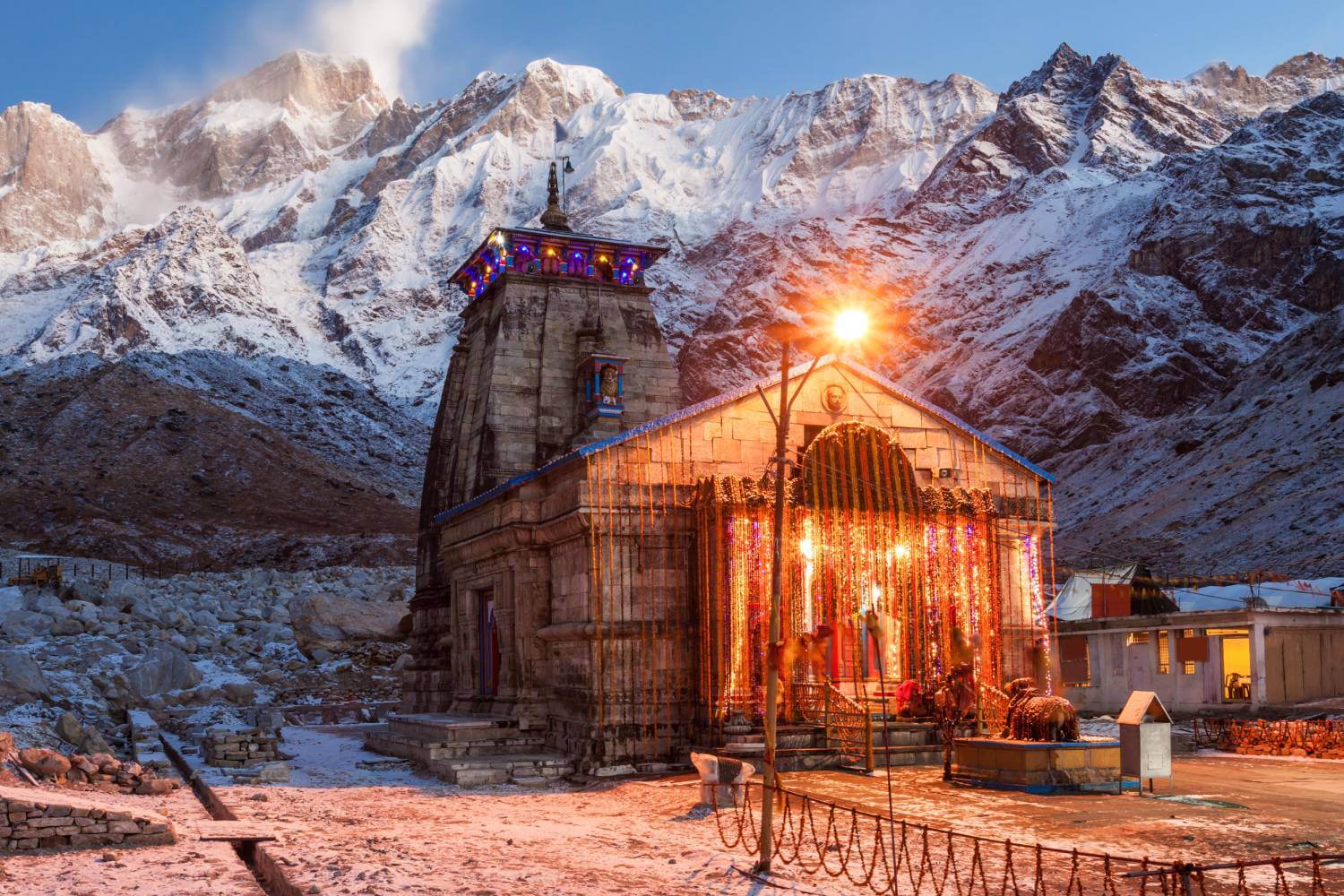
01 Apr, 2025
Kedarnath Temple Declares Mobile-Free Zone, Banning Reels & Video Recording to Preserve Sanctity
In a significant move ahead of Char Dham Yatra 2025, the Shri Badrinath-Kedarnath Temple Committee (BKTC) has imposed a strict ban on mobile phones, video recording, and reels inside the Kedarnath Temple premises. This decision aims to uphold the temple's spiritual sanctity and ensure a peaceful atm
More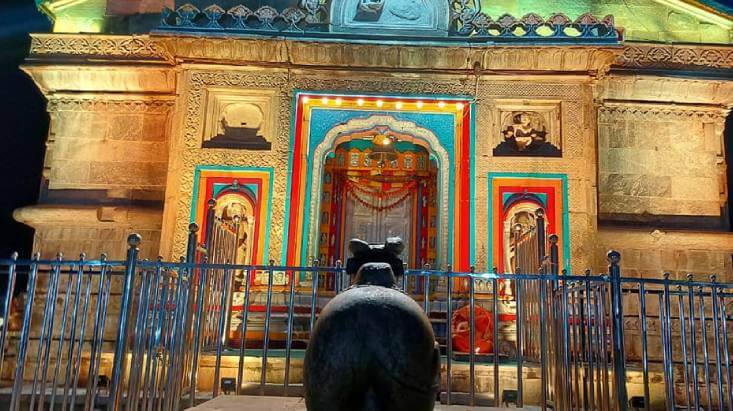
09 Nov, 2023
10 Famous Temples to Visit in India
India is a land where ancient stones whisper tales of devotion and timeless rituals. Known for high spirituality and devotion, The Indian culture has given the country various pilgrimage sites that will soothe your mind. Here are the top 10 temples of India, each a masterpiece of architectural grand
More
27 Mar, 2023
Latest Travel Guidelines of Char Dham Yatra 2025
Chardham Yatra is a highly revered Hindu pilgrimage that involves visiting four holy shrines located in the Uttarakhand state of India. The four shrines are Yamunotri, Gangotri, Kedarnath, and Badrinath, and they are collectively known as the Chardham. The journey to these four holy shrines is ch
More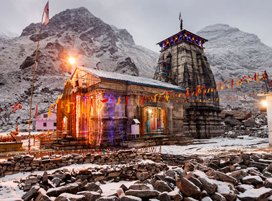

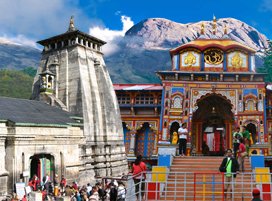
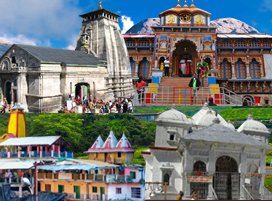
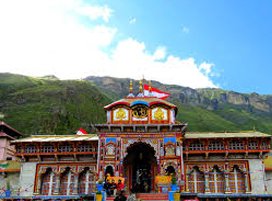
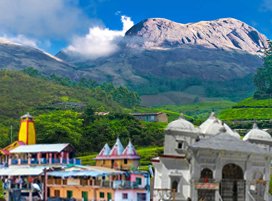
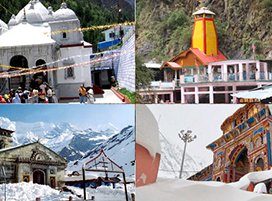
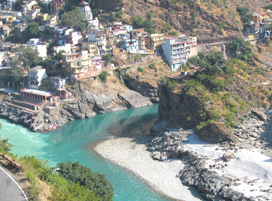
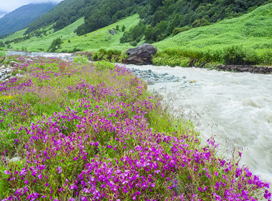
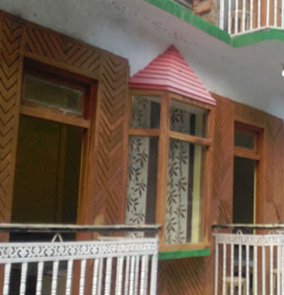
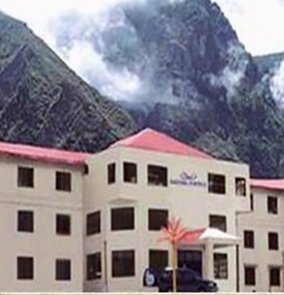

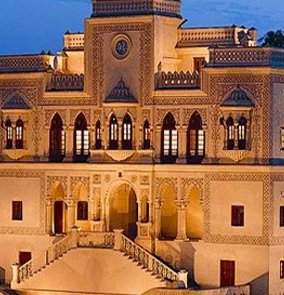

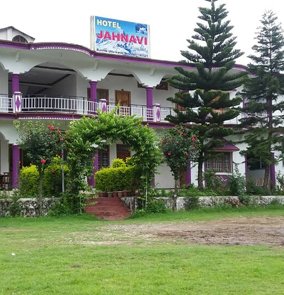
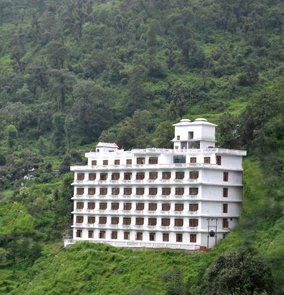
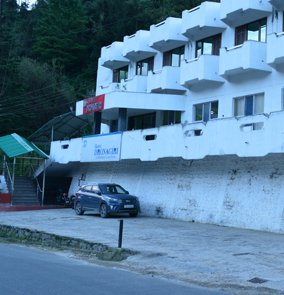

 Share
Share Home
Home Packages
Packages Book Now
Book Now